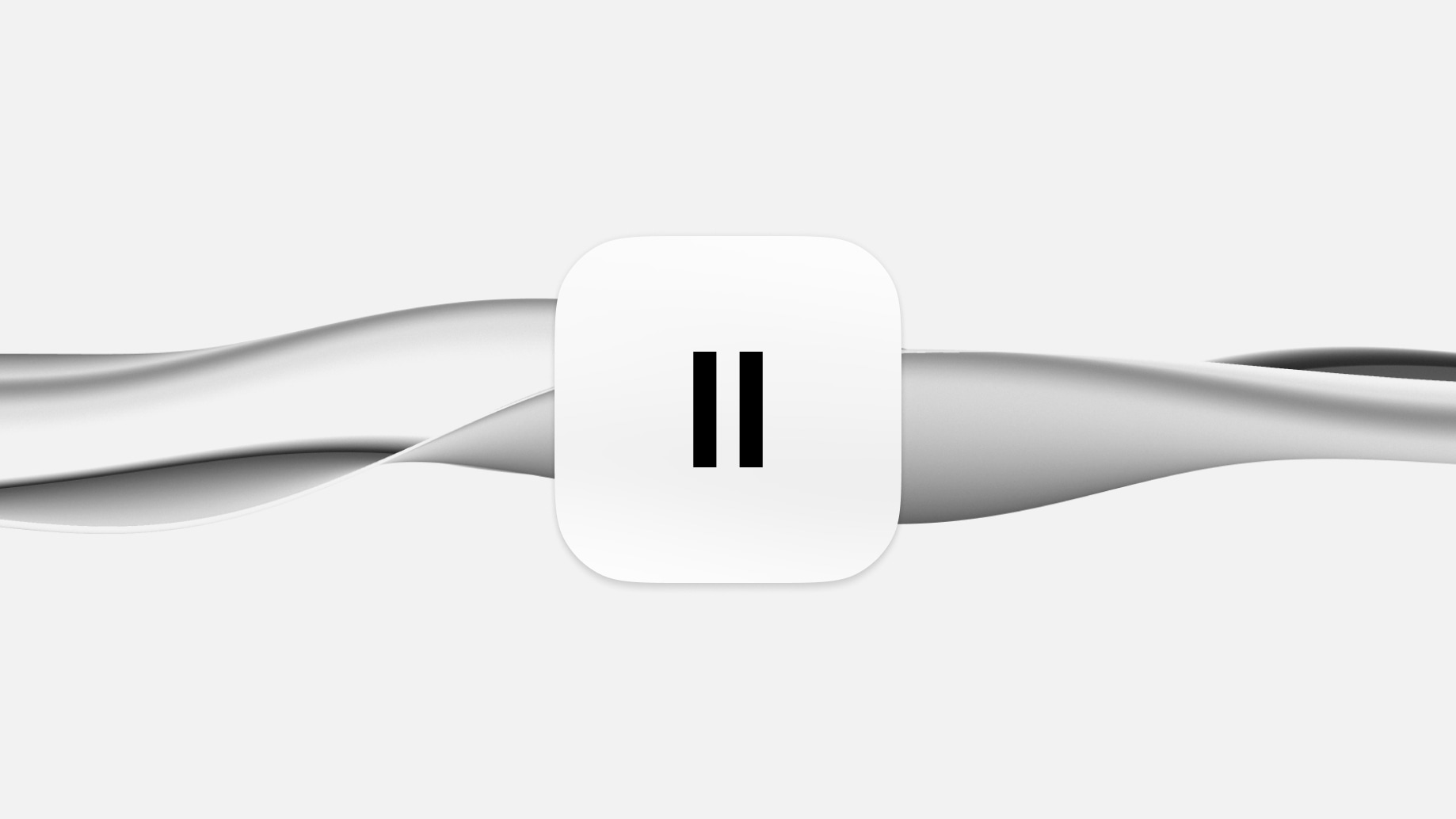
Jak przekonwertować tekst na WAV
Dowiedz się, jak zamienić tekst na pliki audio WAV za pomocą technologii zamiany tekstu na mowę, takiej jak ElevenLabs.
WAV, skrót od Waveform Audio File Format, to popularny format plików audio znany z wysokiej jakości dźwięku. Opracowany przez IBM i Microsoft, pliki WAV są nieskompresowane. Oznacza to, że zachowują wszystkie informacje audio bez utraty jakości, w przeciwieństwie do innych formatów jak MP3.
Jak więc przekonwertować tekst na WAV? Możesz użyć technologii text-to-speech (TTS), takiej jak ElevenLabs.

Czytaj dalej, aby dowiedzieć się, jak to działa.
Jak stworzyć plik WAV z tekstu?
W tej sekcji zagłębimy się w proces konwersji tekstu na pliki WAV. Przeprowadzimy cię przez każdy krok, od tworzenia tekstu po użycie technologii text-to-speech i dopracowanie końcowego pliku WAV.
Stwórz tekst
Zacznij od stworzenia tekstu, który chcesz przekonwertować. Może to być scenariusz, artykuł lub dowolna treść pisemna. Upewnij się, że jest dobrze zorganizowany i jasny. Popraw gramatykę i klarowność, aby poprawić jakość końcowego wyniku.
Wybierz narzędzie Text-to-Speech
Wybierz oprogramowanie lub usługę online text-to-speech (TTS) oferującą wyjście w formacie WAV. Weź pod uwagę takie czynniki jak naturalność głosu, opcje językowe i funkcje personalizacji. Popularne narzędzia TTS to ElevenLabs, Google Text-to-Speech, Amazon Polly i IBM Watson Text to Speech.
Dostosuj ustawienia TTS
Przed konwersją dostosuj ustawienia TTS. Wybierz typ głosu (męski, żeński, konkretne akcenty), tempo mowy i ton. Niektóre narzędzia oferują także modulację emocji, aby mowa brzmiała bardziej naturalnie i angażująco.
Konwertuj tekst na mowę
Wprowadź swój tekst do narzędzia TTS. Oprogramowanie przetworzy tekst i przekształci go w mowę. Ten krok obejmuje złożone algorytmy, aby mowa brzmiała jak najbardziej naturalnie.
Przejrzyj i edytuj audio
Posłuchaj wyjścia audio. Sprawdź dokładność wymowy i naturalny przepływ. Jeśli to konieczne, wprowadź poprawki w tekście i powtórz proces TTS.
Eksportuj jako plik WAV
Gdy jesteś zadowolony z audio, wyeksportuj je jako plik WAV. Ten krok jest prosty w większości narzędzi TTS, z opcją zapisu pliku w różnych formatach audio, w tym WAV.
Edycja i poprawa jakości
Jeśli to konieczne, użyj oprogramowania do edycji audio, aby dalej dopracować plik WAV. Możesz przycinać lub wydłużać części audio, dostosowywać poziomy głośności lub stosować redukcję szumów dla lepszej jakości dźwięku.
Integracja efektów dźwiękowych (opcjonalnie)
Dla bardziej dynamicznego doświadczenia audio, rozważ dodanie muzyki w tle lub efektów dźwiękowych. Ten krok jest szczególnie przydatny w przypadku opowiadania historii lub treści marketingowych.
Ostateczna kontrola jakości
Przeprowadź ostateczną kontrolę pliku WAV. Upewnij się, że spełnia twoje wymagania pod względem jakości, klarowności i skuteczności w przekazywaniu zamierzonego przekazu.
Przechowywanie i użycie pliku WAV
Na koniec odpowiednio przechowuj plik WAV. Możesz go używać w różnych aplikacjach, takich jak prezentacje, podcasty, moduły e-learningowe lub jako część większego projektu multimedialnego.
Postępując zgodnie z tymi szczegółowymi krokami, możesz skutecznie przekształcić dowolny tekst w wysokiej jakości plik audio WAV, wykorzystując technologię TTS do różnych kreatywnych i profesjonalnych zastosowań.
Najlepsze praktyki przy konwersji tekstu na WAV
Aby zapewnić najlepszy wynik przy konwersji tekstu na WAV, ważne jest przestrzeganie pewnych najlepszych praktyk. Te wytyczne pomogą ci zoptymalizować proces text-to-speech, zapewniając, że wynikowe audio jest jasne, angażujące i skuteczne w zamierzonym użyciu. Od wyboru odpowiedniego głosu po dostrojenie ustawień audio, każdy krok odgrywa kluczową rolę w tworzeniu jakościowych plików WAV z tekstu. Ta sekcja przedstawia te kluczowe praktyki, aby pomóc ci osiągnąć wysokiej jakości konwersje audio.
- Jasny i zwięzły tekst: Upewnij się, że twój tekst jest dobrze napisany, jasny i wolny od skomplikowanego żargonu dla lepszego wyniku audio.
- Użyj odpowiedniego narzędzia Text to Speech: Wybór skutecznego narzędzia text-to-speech jest kluczowy. Na przykład ElevenLabs oferuje zaawansowane możliwości, co czyni go odpowiednim wyborem dla różnych potrzeb konwersji tekstu na WAV.
- Wybór głosu: Wybierz głos, który najlepiej pasuje do twojej treści i odbiorców. Weź pod uwagę płeć, akcent i ton.
- Dostosuj ustawienia audio: Dostosuj prędkość, ton i głośność, aby dopasować do zamierzonego tonu i klarowności audio.
- Kontekstowe podkreślenie: Podkreśl kluczowe punkty lub słowa, aby audio było bardziej angażujące i łatwiejsze do śledzenia.
- Kontrola jakości: Przejrzyj audio pod kątem błędów wymowy lub nienaturalnych pauz i wprowadź niezbędne poprawki.
- Edycja i ulepszenia: Wykorzystaj oprogramowanie do edycji audio do dopracowania i dodania efektów lub muzyki w tle, jeśli to potrzebne.
- Regularne testowanie: Regularnie testuj różne próbki tekstu, aby zrozumieć, jak twoje narzędzie TTS radzi sobie z różnymi scenariuszami i dostosuj się odpowiednio.
Przestrzeganie tych praktyk zapewnia, że twoje konwersje tekstu na WAV są wysokiej jakości, angażujące i skuteczne w zamierzonym celu.
Zastosowania technologii Text to WAV
Wyzwania do pokonania podczas konwersji tekstu na WAV
Chociaż proces nie jest zbyt trudny, istnieje kilka wyzwań do pokonania przy konwersji tekstu na WAV. Oto niektóre z nich.
Dokładność silników TTS: Różne narzędzia TTS mają różne poziomy dokładności w wymowie i intonacji, co może wpływać na jakość wyniku.
Naturalność mowy: Osiągnięcie naturalnej, ludzkiej jakości w syntezie mowy jest wyzwaniem. Niektóre silniki TTS mogą generować dźwięk brzmiący jak robot.
Rozmiar pliku a jakość: Pliki WAV są większe ze względu na ich wysoką jakość. Ważne jest zrównoważenie rozmiaru pliku i jakości, zwłaszcza przy dystrybucji online.
Ograniczenia językowe i dialektowe: Niektóre narzędzia TTS mogą mieć ograniczone opcje językowe lub trudności z konkretnymi dialektami lub akcentami.
Wiedza techniczna: Skuteczne korzystanie z narzędzi TTS i oprogramowania do edycji audio może wymagać pewnej wiedzy technicznej.
Integracja z innymi technologiami: Bezproblemowa integracja wyników TTS z innymi technologiami lub platformami może być skomplikowana.
Ostateczne przemyślenia
Technologia Text to WAV oferuje wszechstronny i efektywny sposób przekształcania treści pisemnych w wysokiej jakości audio. Dzięki zrozumieniu i wdrożeniu najlepszych praktyk, pokonaniu wyzwań i wykorzystaniu odpowiednich narzędzi, użytkownicy mogą tworzyć jasne i angażujące pliki audio odpowiednie do różnych zastosowań.
Niezależnie od tego, czy chodzi o dostępność, edukację, rozrywkę czy użytek profesjonalny, konwersja tekstu na WAV jest cenną umiejętnością w naszym coraz bardziej cyfrowym świecie. Dzięki ciągłym postępom w technologii text-to-speech, potencjał dla innowacyjnych zastosowań i poprawy doświadczeń użytkowników jest ogromny.
Gotowy, aby zacząć konwertować tekst na WAV? Zarejestruj się w ElevenLabs już dziś.
FAQ
Przeglądaj artykuły zespołu ElevenLabs

Jak przekonwertować tekst na MP3
Dowiedz się, jak łatwo zamienić pliki tekstowe na audio za pomocą narzędzi text to speech, takich jak ElevenLabs.

Jak zamienić PDF na mowę?
W naszym cyfrowym świecie treść jest najważniejsza. Ale czas, nasz najcenniejszy zasób, często przeszkadza w jej konsumowaniu.
